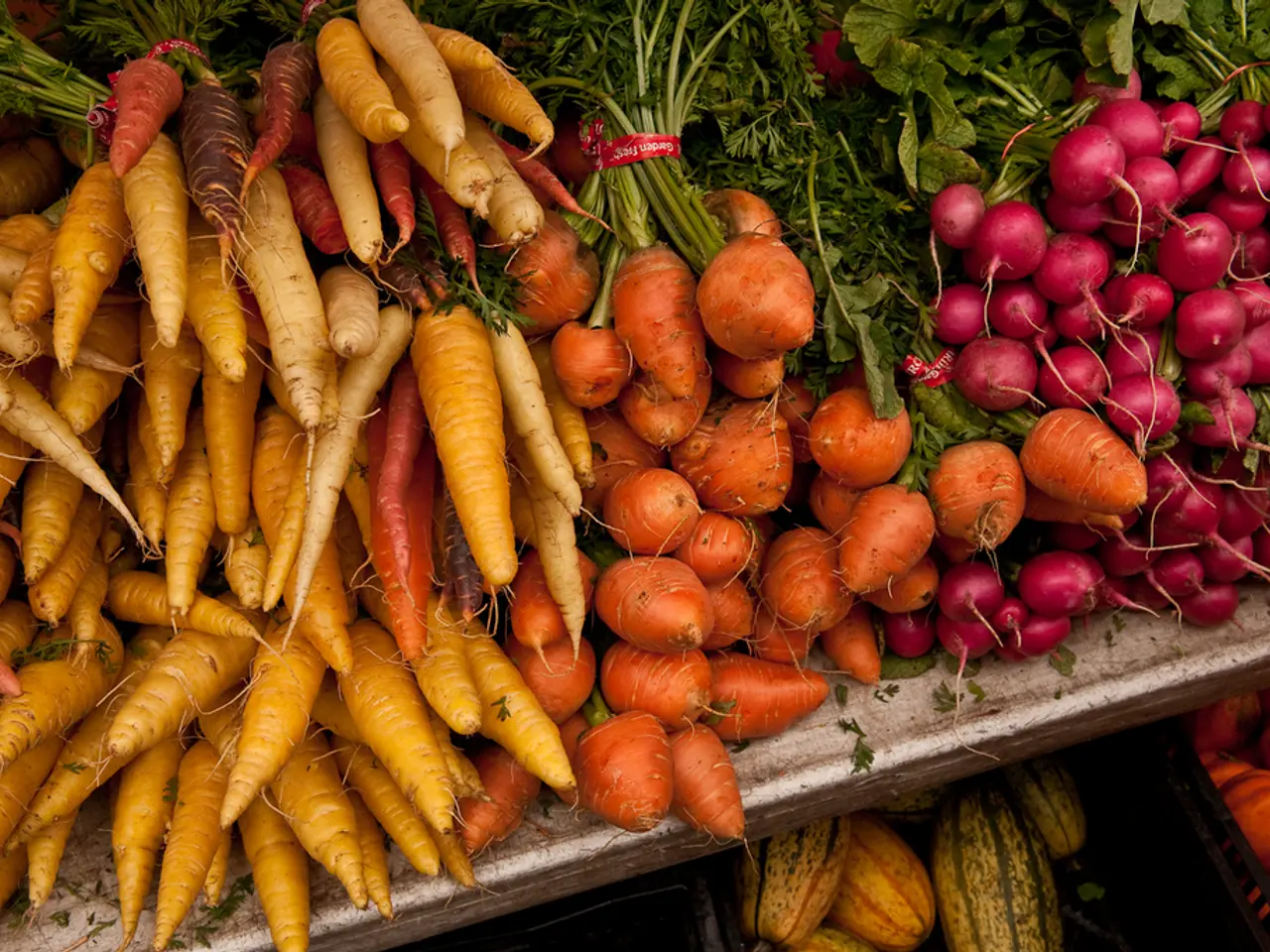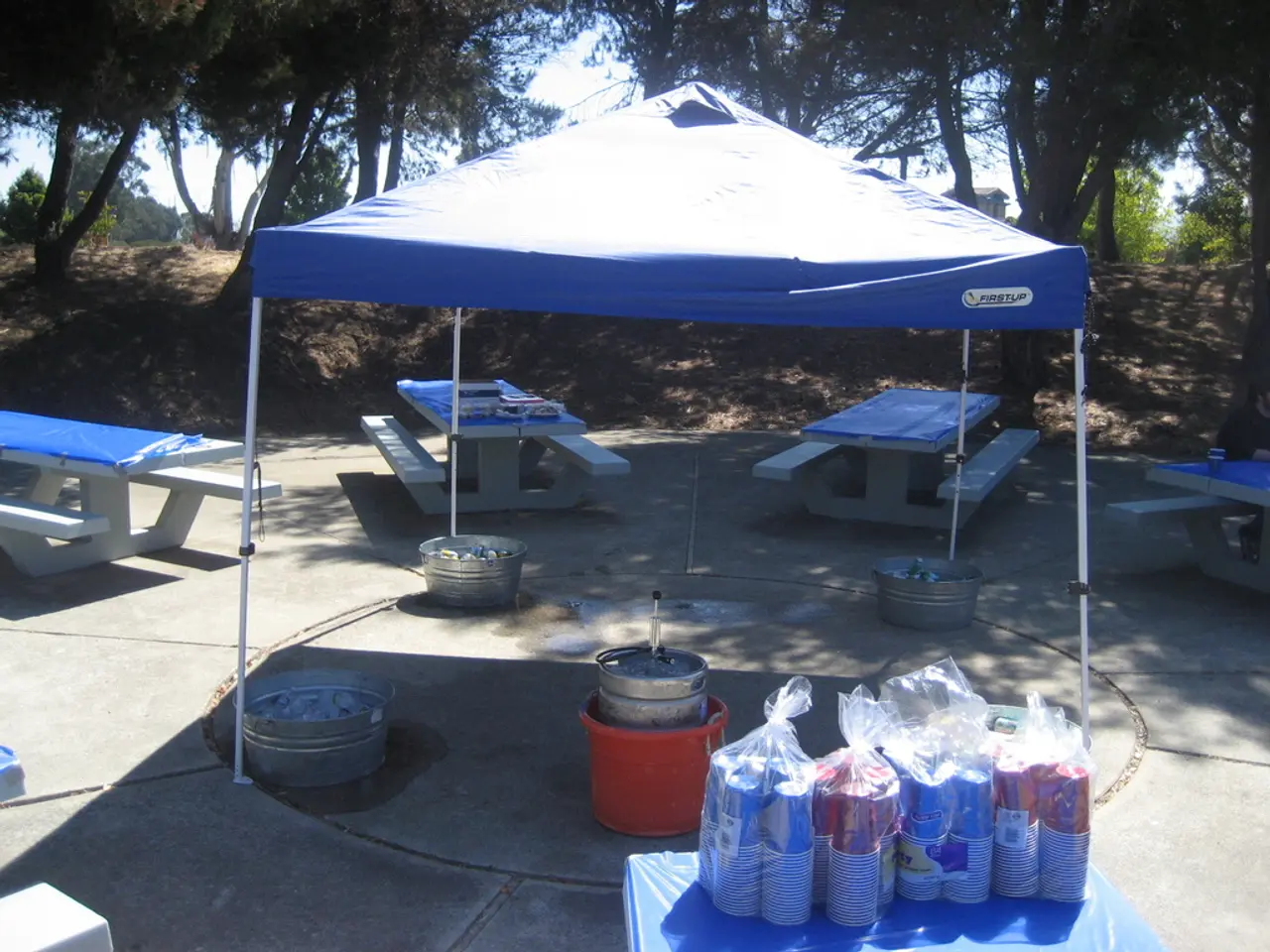Practical Advice for Tending a Vigorous Vegetable Patch
Starting a vegetable garden can be an exciting venture for both beginners and experienced gardeners alike. Here are some effective tips to help you create a thriving organic vegetable garden that supports healthy plants and sustainable gardening practices.
Choosing the Right Location
The first step in creating your garden is to choose a location that receives at least 6-8 hours of direct sunlight daily. The spot should also have good drainage, easy access to water, and be convenient to tend regularly.
Planning Your Garden Layout
Thoughtful planning is crucial when designing your garden layout. If space is limited, consider using raised beds or containers. Place tall plants on the north or west to avoid shading smaller plants. Utilise companion planting to naturally deter pests and improve growth, such as basil near tomatoes.
Starting with Beginner-Friendly Vegetables
Beginners might find success with easier-to-grow organic vegetables like lettuce, tomatoes, zucchini, cherry tomatoes, bush beans, and herbs like basil, mint, thyme, and oregano.
Preparing and Improving Your Soil
Remove weeds and grass, loosen or lightly till the topsoil, and enrich it with organic matter like compost, aged manure, or worm castings to boost nutrients and microbial life. Testing soil pH is recommended to ensure it is suitable for vegetables, generally slightly acidic to neutral.
Using Organic Seeds or Seedlings
Choose organic seeds or seedlings certified by USDA or a trusted source to avoid chemical exposure from the start.
Watering and Mulching
Water deeply but less frequently, ideally in the early morning or late afternoon to encourage strong root systems and minimise evaporation or fungal diseases. Apply mulch such as straw, shredded leaves, or compost around plants to conserve moisture, suppress weeds, and regulate soil temperature naturally.
Pest Management
Practice natural pest management instead of chemical pesticides. Encourage beneficial insects, hand-pick pests, and employ organic sprays or barriers.
Gardening in Limited Spaces
For those with limited spaces, consider container or raised bed gardening to control soil quality and improve drainage while making garden care more manageable.
Additional Tips
- Start with large seedlings grown on the windowsill or purchased at a nursery for quick results, especially in cold climates.
- Newspaper covered with straw can be used between garden rows to eliminate weeds and retain moisture.
- A tepee covered with bean and pea vines can add height to a vegetable garden.
- Using a horizontal planting trench is better than a vertical one for flexible-stemmed seedlings like tomatoes, as it is warmer and better aerated.
- Long-growing crops such as indeterminate tomatoes, eggplants, and peppers can be side-dressed with a balanced vegetable garden fertilizer.
- Use water-filled tepees for protection of early planted tender vegetables from cold.
- Seeds such as broccoli, cabbage, and arugula do not require pre-soaking, while parsley and parsnip seeds benefit from it.
- To start growing vegetables, consider seeds and placement. Place the garden in a sunny location and start growing food early in the spring.
- Vertical planting can save space by letting beans, cucumbers, melons, and squash climb a trellis or arbor.
- Keep planting all summer long for fresh produce.
- To prevent peat pot problems, tear off the top and bottom of the pot before planting.
- Situate the garden near the kitchen for easy access.
- Cutworms can be kept away from seedlings using cardboard tubes from toilet paper rolls.
- Melons and cucumbers can be planted in the compost pile for optimal growth.
- Straw can be used to extend the fall harvest season for crops such as cabbage, Brussels sprouts, and broccoli.
By following these steps, you'll be well on your way to growing a thriving organic vegetable garden that provides healthful, organically grown produce at lower costs. Happy gardening!
- Incorporate home-and-garden elements into your garden by using straw and shredded leaves as mulch for organic vegetables, conserving moisture, suppressing weeds, and regulating soil temperature naturally.
- Expand your lifestyle with various vegetable garden layouts, such as raised beds or container gardens, which are beneficial for spaces with limited room while offering ease in managing soil quality and drainage.
- Enrich your home-and-garden practices by growing indeterminate tomatoes, eggplants, and peppers, placing them within a sunny location for healthy growth, and side-dressing them with a balanced vegetable garden fertilizer for optimal results.




